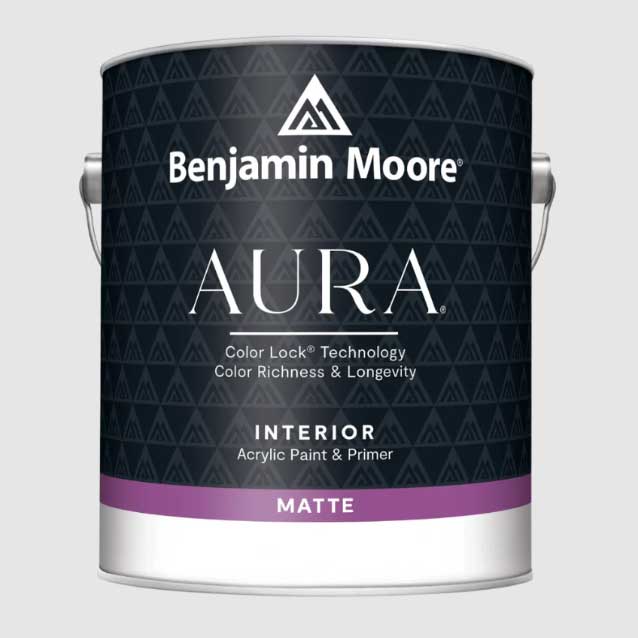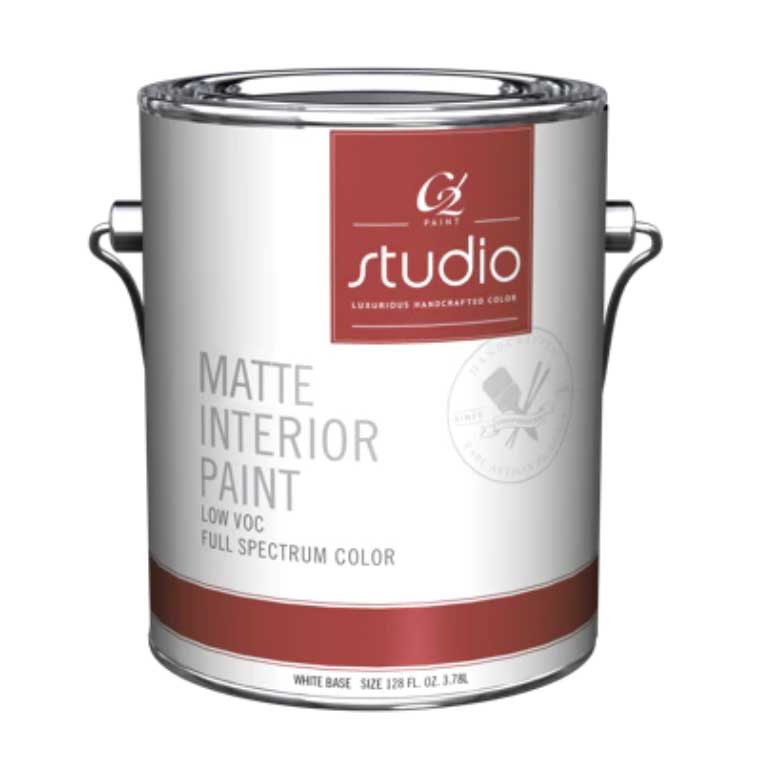This type of wall paint will make your room brighter and colors more vibrant – and you've probably never heard of it
This specialist wall paint promises truer colors thanks to one major change in how it's made – but is it worth the hype?

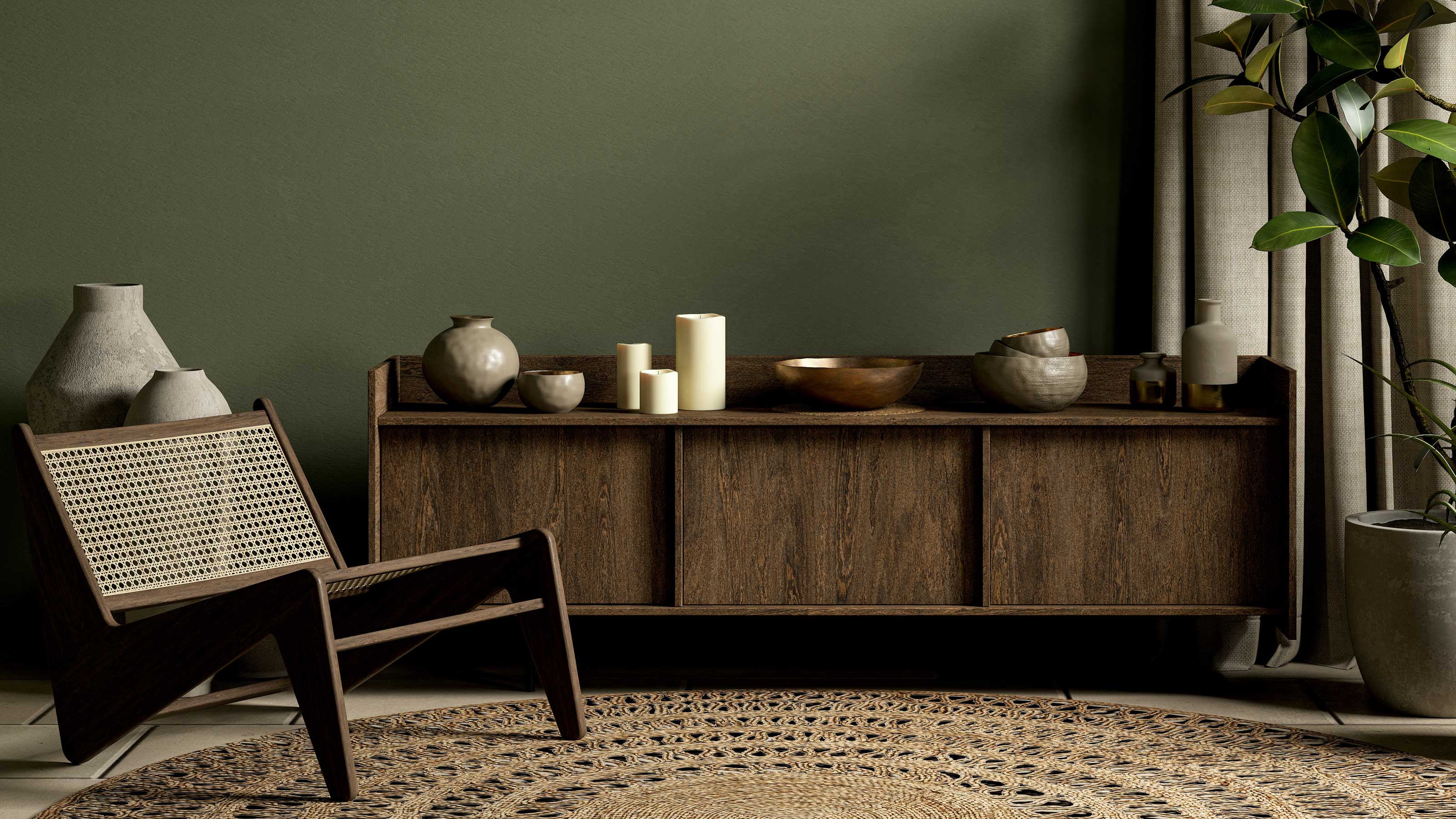
Have you ever agonized over choosing a paint color, but once you get it on the walls it feels a little... flat? When it comes to how paint is formulated, not all types are created equal, and it may be affecting how vibrant your paint color looks.
The term "full spectrum" is probably not something you've come across when it comes to paint ideas as it's relatively niche, and not something you'll find in every paint brand's offering. However, once you know what you're looking for, it's easy enough to find, and may just be exactly what you've been searching for to make your home's color scheme really pop.
We asked the experts to find out exactly what full spectrum paint is, and why we should be using it.
What is full spectrum paint?
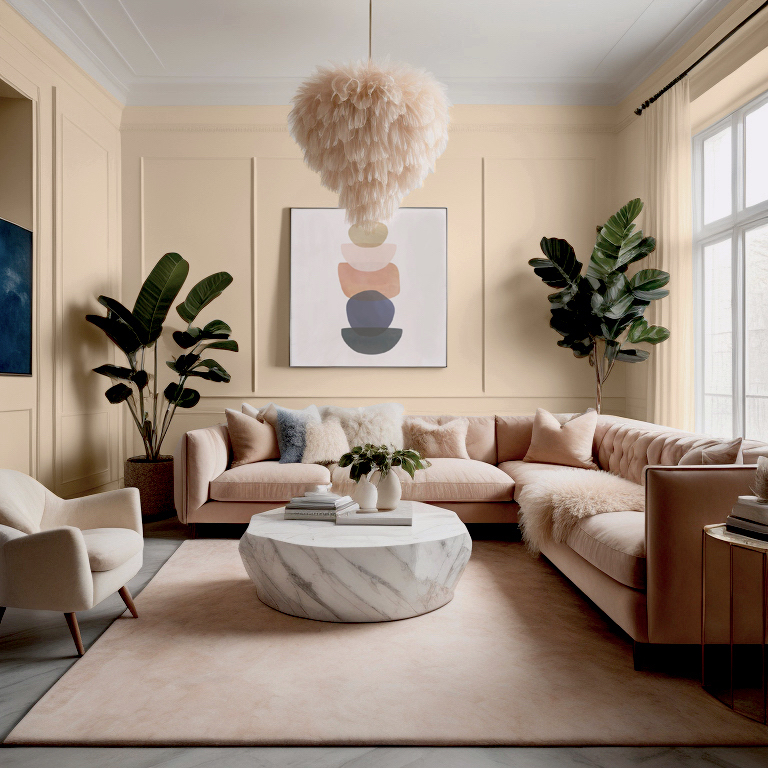
You may or may not have heard of a full spectrum wall paint before, but it's there's a small but important difference in how these paint colors are formulated. 'Basically, a full spectrum paint is unique as it doesn't incorporate black or grey in its formulas,' explains Helen Shaw, a color expert for Benjamin Moore.
'The easiest way to darken a paint color is to simply add black ink to the can,' Philippa Radon, C2 Paint color and design specialist, expands, 'but we don’t use black ink; instead, our approach to color is comparable to what a fine painter would use.'
'Back in the day, artists like Monet (and other impressionist painters) knew that black absorbs instead of reflects light, potentially making their paintings appear dull or flat,' Philippa explains. 'Hence, they used deep tones like blues and greens to darken and add depth, darkness, and dimension to colors (Monet’s intention was to showcase the light as it occurred in nature.'
The more pigments your paint has in it, the more rich and "alive" your wall color will feel. The most basic paints have two to three pigments, plus black. In Benjamin Moore's full spectrum range, you'll find anywhere from seven to 12 pigments, while C2's full spectrum paint has a 16 colorant system.
The Livingetc newsletters are your inside source for what’s shaping interiors now - and what’s next. Discover trend forecasts, smart style ideas, and curated shopping inspiration that brings design to life. Subscribe today and stay ahead of the curve.
What difference does it make?
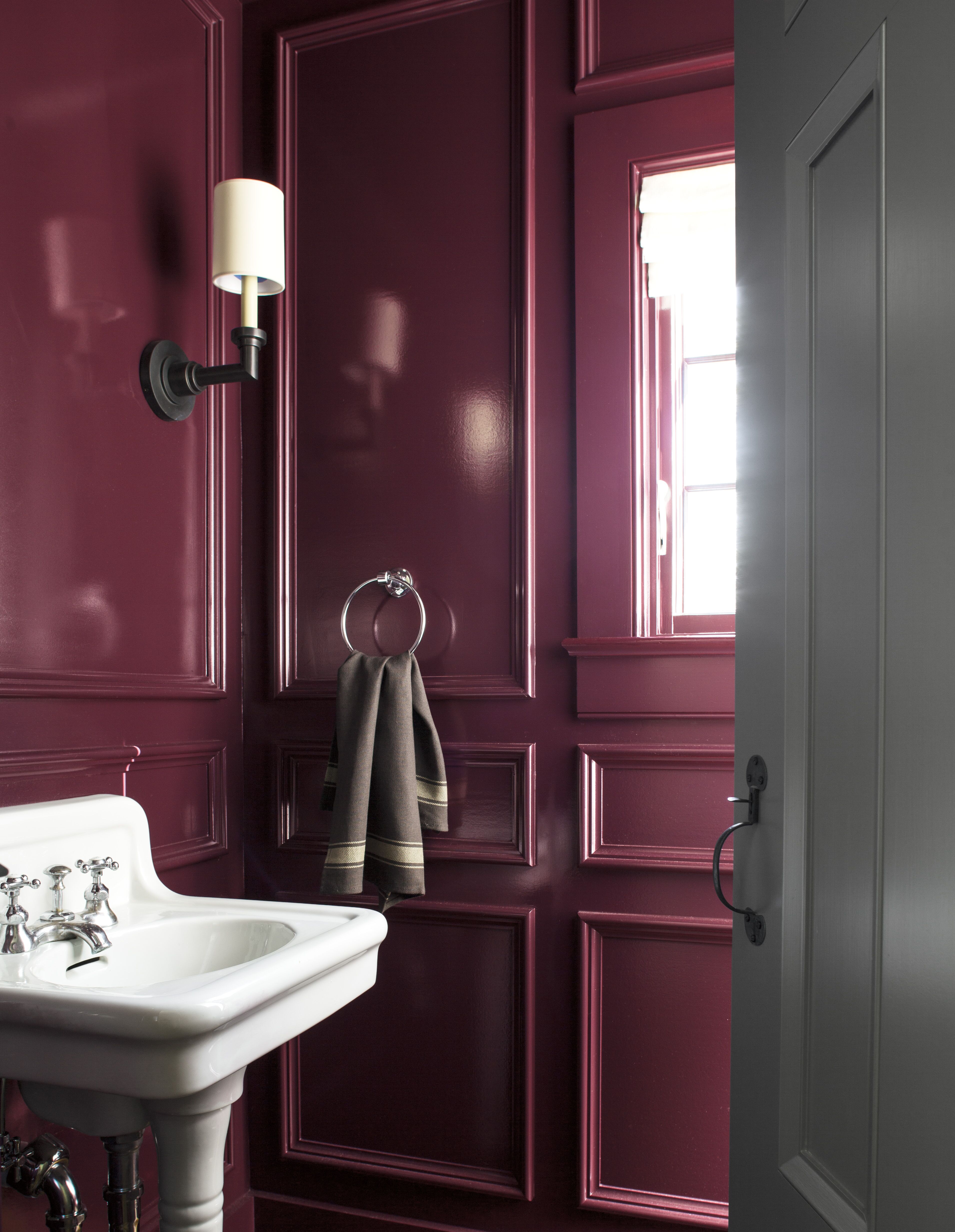
That may all sound a little technical, but it translates into a difference when you're painting your room. 'This approach results in colors that are incredibly vibrant and nuanced, enriching interior spaces with a depth and complexity that's hard to achieve with conventional paint,' Helen says.
It's also easier to match details in your room with truer vibrancy, as Phillipa explains. 'Full spectrum paint reflects the full spectrum of natural light with no black so in a room it naturally picks up/coordinates the other colors of fabrics, rugs, furnishings and accessories, all the while reflecting the light (we like to say it dances with it throughout the day).'
'We often say, with our paint, you can feel the difference,' she adds. 'There is a velvet handle and feel that is noticeably different with C2 Paint. A depth to the colors and pureness that comes from using the highest quality pigments.'
Does it cost more?
The idea that including fewer pigments brings the price down might lead you to expect that full spectrum paints are going to be majorly premium products, but that's not necessarily the case compared to other paint brands that aren't necessarily budget-focused.
C2's Studio interior matte paint is a full spectrum paint, and retails from $63.99 per gallon, while Benjamin Moore's Aura, which you'll find its full spectrum Color Stories collection in, is a little more expensive at $98.99 per gallon for interior matte. Compared to a budget paint such as Valspar which you'll find at Lowe's, it's a higher expensive, with a gallon of a standard interior paint retailing for around $45, but elsewhere premium brands will see a retail price of $130 or more for a gallon.
Where can you buy it?

Hugh is Livingetc.com’s editor. With 8 years in the interiors industry under his belt, he has the nose for what people want to know about re-decorating their homes. He prides himself as an expert trend forecaster, visiting design fairs, showrooms and keeping an eye out for emerging designers to hone his eye. He joined Livingetc back in 2022 as a content editor, as a long-time reader of the print magazine, before becoming its online editor. Hugh has previously spent time as an editor for a kitchen and bathroom magazine, and has written for “hands-on” home brands such as Homebuilding & Renovating and Grand Designs magazine, so his knowledge of what it takes to create a home goes beyond the surface, too. Though not a trained interior designer, Hugh has cut his design teeth by managing several major interior design projects to date, each for private clients. He's also a keen DIYer — he's done everything from laying his own patio and building an integrated cooker hood from scratch, to undertaking plenty of creative IKEA hacks to help achieve the luxurious look he loves in design, when his budget doesn't always stretch that far.
